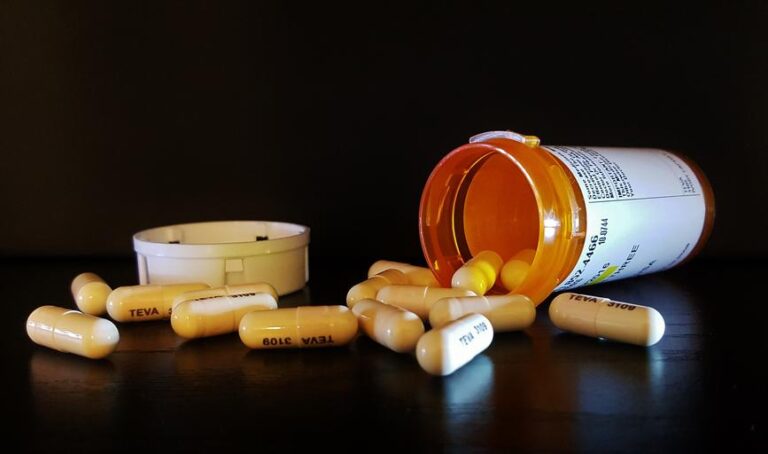Hereditary Angioedema (HAE) is a rare and life-threatening genetic disorder. The disorder is characterized by recurrent episodes of severe swelling in various parts of the body, including the extremities, gastrointestinal tract, face, and airway. The primary goal has often been to provide quick relief during sudden swelling episodes for the healthcare professionals treating HEA.
However, recent technological advancements in prophylactic treatments are the evolving paradigm in the long-term solution, offering hope for a better quality of life for the patients. In this arena, PHVS719 (deucrictibant extended-release tablet) from Pharvaris is one of the most significant developments to look out for, and it is a novel therapy designed for long-term prophylaxis for HAE.
Understanding Hereditary Angioedema
Hereditary angioedema is usually caused by mutations in the SERPING1 gene, which leads to a deficiency or dysfunction of a crucial protein (C1 inhibitor) which has potential in regulating vascular permeability. This deficiency results in the uncontrolled release of bradykinin, a peptide that causes blood vessels to dilate and become more permeable, leading to swelling. It is important to have a strong plan and precautions to prevent these attacks in the first place because HEA can happen unexpectedly and sometimes can be deadly serious.
The Evolution of Prophylactic Treatments for HAE
HEA managing facility has been managing both on-demand treatments to relieve acute attacks and prophylactic treatment for preventing them for ages. Traditional prophylactic treatments, such as attenuated androgens and antifibrinolytics, have provided some relief but are often associated with significant side effects and variable efficacy. However, as the evolution began, the treatment varied, such as C1 inhibitor replacement therapies and kallikrein inhibitors, which have emerged as effective options for preventing HAE attacks. Despite these advancements, the need remains the same for long-lasting prophylactic treatment.
Introducing PHVS719: A Breakthrough in Long-Term Prophylaxis for HAE
PHVS719, developed by Pharvaris, represents a significant breakthrough in the field of HAE management. As an extended-release tablet formulation of deucrictibant, PHVS719 offers a novel approach to long-term prevention for HAE. Deucrictibant is a potent and selective bradykinin B2 receptor antagonist designed to inhibit the action of bradykinin and prevent the swelling associated with HAE attacks.
Mechanism of Action
The mechanism of action of PHVS719 revolves around its ability to block the bradykinin B2 receptor, thereby inhibiting the effects of bradykinin. By preventing bradykinin from binding to its receptor, deucrictibant effectively reduces vascular permeability and prevents excessive fluid leakage that leads to swelling. The extended-release formulation ensures a steady and sustained release of the active ingredient, providing consistent protection against HAE attacks.
Clinical Efficacy and Safety
In a series of demonstrations by clinicians programme for PHVS719 to test its efficacy and safety, it resulted in significant benchmark that patients with PHVS719 are experiencing a drastic reduction in the frequency and severity of HAE attacks compared to those receiving a placebo.
Key findings from the clinical trials include:
Reduction in Attack Frequency
Patients experiencing the visible result of decrease in number of HEA attack per month which indicates the effectiveness as a preventive treatment.
Improved Quality of Life
It is proven that participants marked the improvement of quality in life with fewer disruptions to daily activities and lesser needs for on demand rescue medication.
Favorable Safety Profile
PHVS719 was generally well-tolerated, with most adverse events being mild to moderate in severity and not leading to treatment discontinuation.
Advantages of PHVS719
PHVS719 comes up with several advantages over traditional and existing prophylactic treatments for HAE, making it an attractive option for healthcare providers and patients alike
Convenient Oral Administration
PHVS719 is designed as an oral tablet and provides a more convenient alternative to injectable or intravenous therapies.
Extended-Release Formulation
The extended-release nature of PHVS719 ensures consistent therapeutic levels of deucrictibant, offering continuous protection against HAE attacks.
Targeted Mechanism
PHVS719 works by specifically blocking the bradykinin B2 receptor, which helps stop the swelling that causes HAE attacks. This targeted approach focuses on the leading cause of the attacks and reduces the chance of side effects.
Implementing PHVS719 in Clinical Practice
For healthcare providers, integrating PHVS719 into the management of HAE requires a thorough understanding of its benefits and considerations for patient selection. Key steps in implementing PHVS719 in clinical practice include:
Patient Assessment
Assess the patient and the severity of the disorder, then move accordingly. Knowing the patient’s HAE attack frequency and response to previous treatments is a must before the action.
Dosing and Administration
Follow the recommended dosing guidelines for PHVS719 to ensure optimal therapeutic outcomes. The extended-release formulation simplifies the dosing regimen, enhancing patient compliance.
Monitoring and Follow-Up
Keep the results and outcomes visible by regularly monitoring the patients for efficacy and safety. This will help you to analyze and make easy treatments for future patients.
For the long-term prevention of HAE, PHVS719 (deucrictibant extended-release tablet) from Pharvaris is a significant development. Its targeted mechanism of action, extended-release formulation, and efficient results make it a promising option for preventing HAE attacks and improving the quality of life for patients. PHVS719 offers new hope in the ongoing battle against hereditary angioedema and is an important milestone in the HEA arena. By embracing innovative therapies like PHVS719, the medical community can move closer to achieving optimal long-term management of HAE, ultimtely enhancing patient outcomes and well-being.
How useful was this article ?
Click on a star to rate it!
Average rating 0 / 5. Vote count: 0
No votes so far! Be the first to rate this post.
We are sorry that this post was not too useful for you!
Let us improve this post!
Tell us how we can improve this post?









